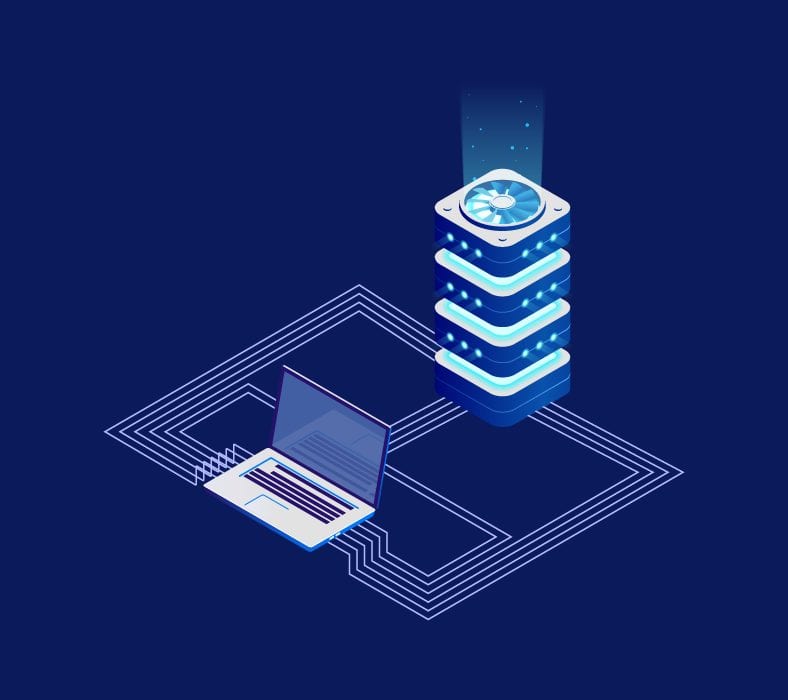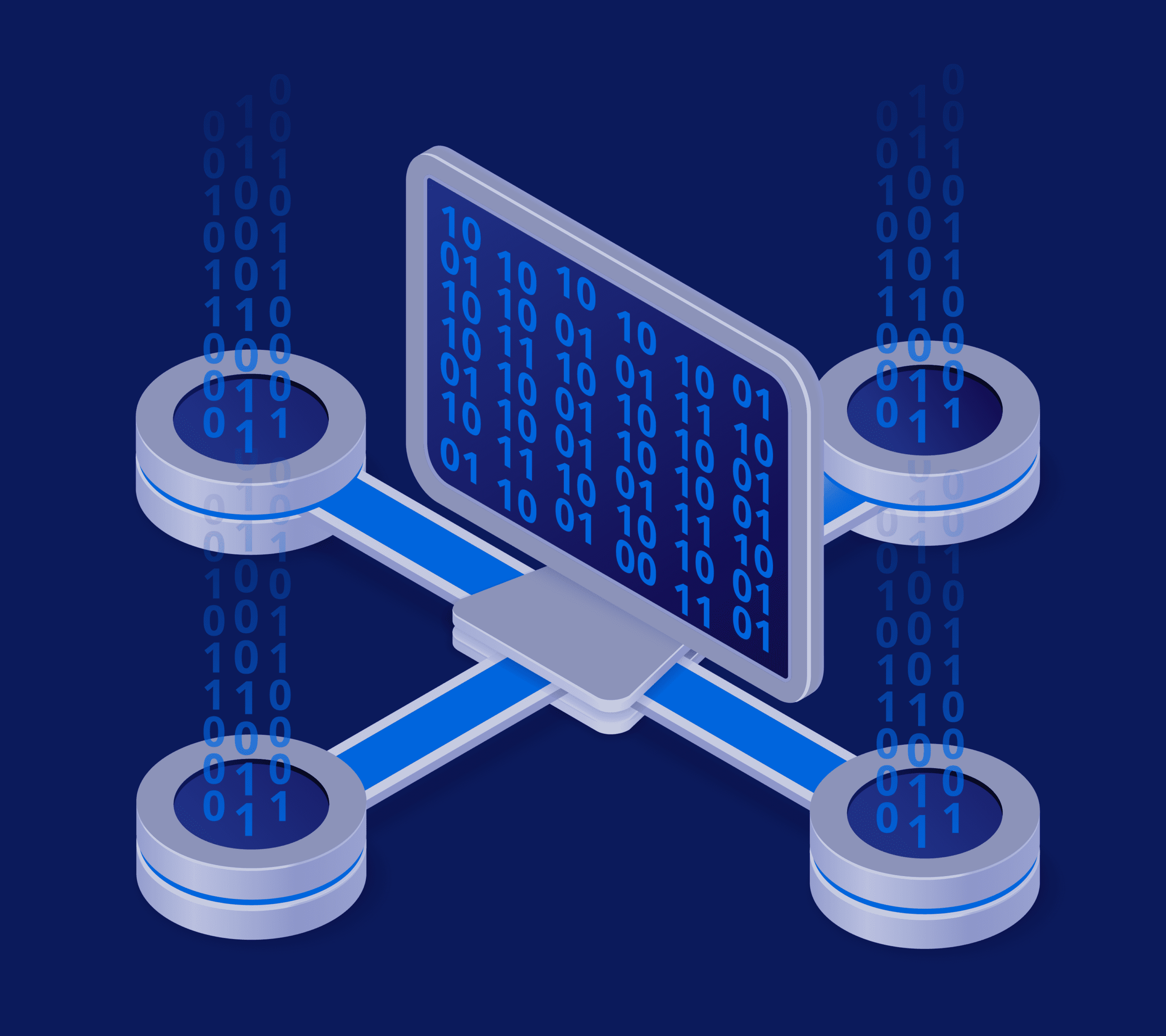Maximizing Security, Scalability, and Manageability with Pulsar Namespaces and Tenants In the world of Apache Pulsar, namespaces and tenants stand as formidable tools, enabling organizations to strategically organize and optimize their Pulsar deployments. This article will delve into the power of Pulsar namespaces and tenants, elucidating how they can elevate the security, scalability, and manageability […]
Why IoT Trends Make Pandio (Powered by Apache Pulsar) the Right Choice IoT is transforming automation, but these networks need huge amounts of storage and processing power to perform at their full capacity. Pandio’s Apache Pulsar helps scale this in the cloud and on-prem, making it the best tool to connect these devices. IoT (Internet […]
Pulsar vs Mulesoft Anypoint Platform Both Pulsar and Mulesoft are integration platforms and enterprise service bus (ESB) solutions for capturing real-time data from various sources. As such, they have fundamental differences that can make or break your efforts to achieve your business goals. There are many different key features that Pulsar vs Mulesoft Anypoint Platform […]
Multi-Tenancy – Why It’s Critical for Enterprises Today and How Pulsar Delivers Multi-tenancy has been around for a long time. However, we started paying attention to it only recently. Its roots go back to the 1960s when time-sharing was created as a concept to split hardware costs between organizations or departments. Over the years, this […]
Why Multi-Tenancy Is a Powerful Differentiator for Pulsar as Compared to Kafka There’s an ongoing discussion in the data world about whether Pulsar or Kafka is the better option. Yes, both of these options have their advantages, and it’s difficult to make generalizations when every enterprise has unique use cases. However, multi-tenancy is increasingly becoming […]
How Apache Pulsar Functions are Enablers for ML and Event Stream Processing Apache Pulsar functions allow programmers to script automated data processing of event streams and messages on cloud TPU/GPU hardware for AI/ML/DL functionality support using custom-written code in Java, Python, or Go. Many developers are also using Apache Pulsar for Serverless computing implementation after […]
Why Is Geo-Replication Functionality Important For Apache Pulsar Users? Most companies are either already on a public cloud, or planning on moving to a public cloud. Cloud architects want to design an application that has zero downtime, or 99.999% availability. Let’s take a look at a use case to better understand this idea. For example, […]
Example Python Functions With Apache Pulsar Brief Intro One of the most exciting features of Apache Pulsar is Pulsar Functions. The general premise is, if you have a series of messages/events, you can apply arbitrary logic against each message in a serverless and stateful way. This feels similar to how AWS Lambda feels, where you […]








